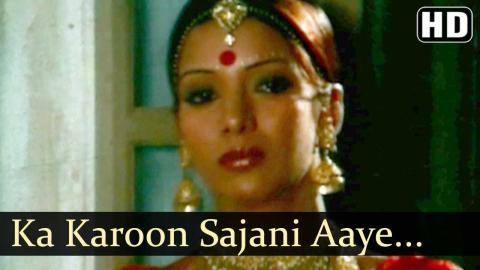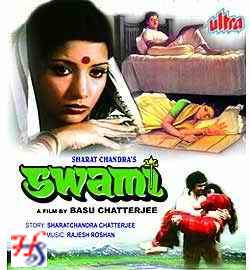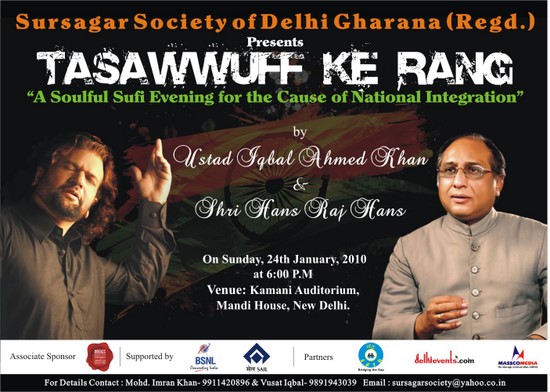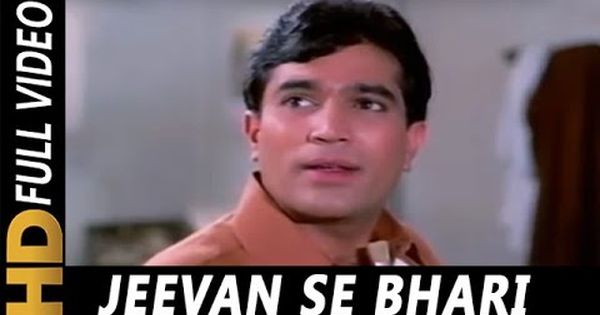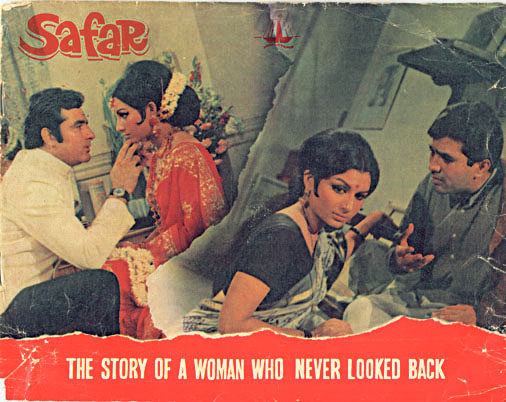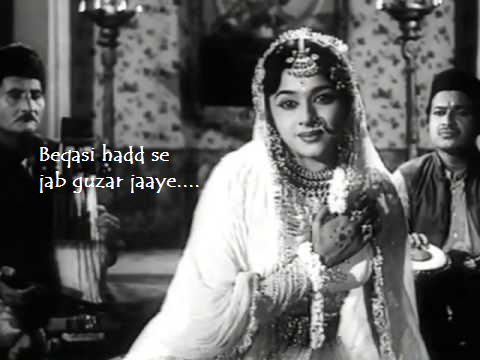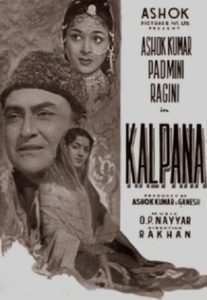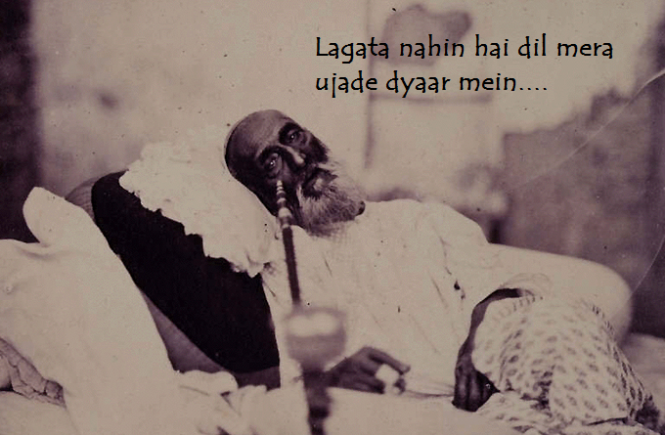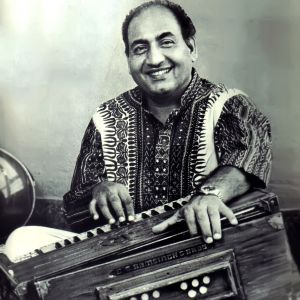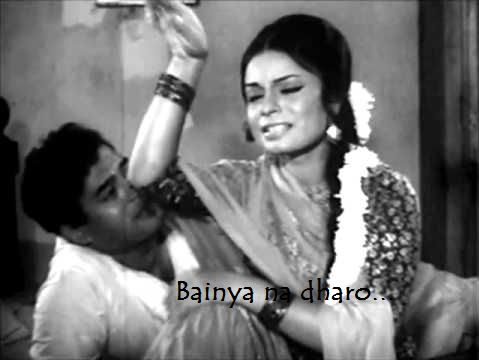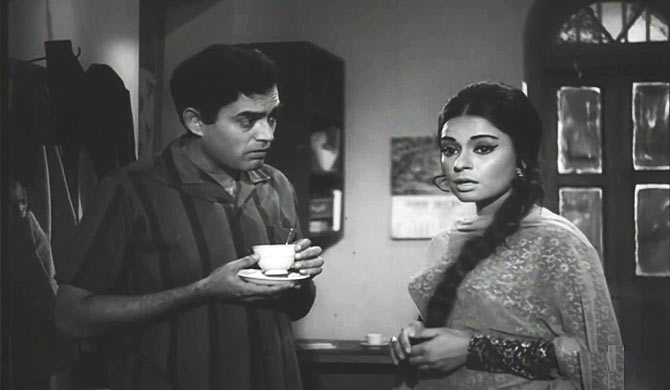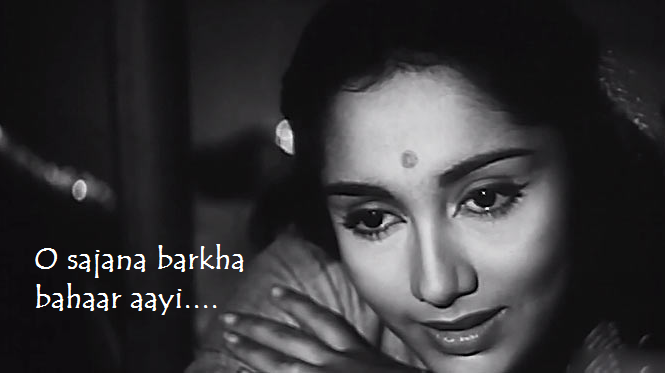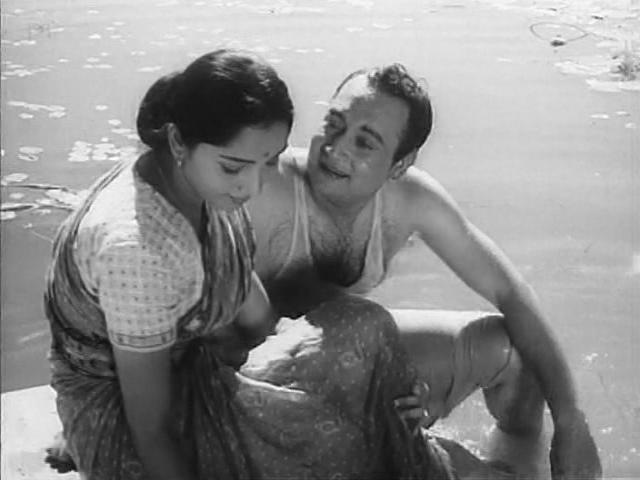Raaga Based Song of the Day: Ye raat ye chandini phir kahan…
Raag Kafi, Tal Kaherava
We have completed twenty-five days of Raaga Based Songs of the Day. Our first post in the series was titled ‘Raaga Based Song Of The Day #1’ and the song was a Mohammad Rafi and Lata Mangeshkar song from the 1970 Shakti Samanta movie Pagla Kahin Ka: Tum mujhe youn bhula na paoge. It is in Raag Jhinjhoti, Tal Kaherava.
Our twenty-fifth post was titled ‘Raaga Based Song Of The Day #25’ and the song was a Mohammad Rafi, Sudha Malhotra, SD Batish song from the 1964 Atma Ram movie Kaise Kahun: Manmohan man mein ho tumhi. It is in Raag Adana, Tal Tintal.
This blog has a number of posts on Raaga based songs in Hindi movies titled similarly; for example: ‘The Best Raaga Based Songs in Hindi Movies – Raaga Bhairavi – Part III’.
In the last twenty-five days of sharing Raaga based songs of the day, I have given you songs based on Raag Jhinjhoti, Gara, Bhimpalasi, Madhuvanti, Shivaranjani, Bihag, Pahadi, Sarang, Pilu, Bhairavi, Khammaj, Charukesi, Kalyan or Yaman, Desh, Malgunji, Kirwani, Kedar, Bageshri, Megh Malhar, Bhupali, Ahir Bhairav, Malkaush, Mand and Adana.
Today, I give you a song in Raag Kafi, Tal Kaherava.
However, first, lets take up the value added learning of today. Today, we shall learn a little more in detail about Raaga – Samay (Time) Linkage:
You would have noticed that I have often given a specific time of the day (Samay) for the rendition of a raaga. Raagas association with Samay dates back several centuries. The earliest mention of the relation between Raaga and Samay is Narada’s Sangita Makaranda, written sometime between the 7th and 11th century, which warns musicians against playing raagas at the incorrect time of day.
Let me delve a little more deeply in it. In order to keep track of time, in the ancient Indian system, a day of 24 hours has been divided into prahars of three hours each. Hence, there are four prahars in the day and four at night. The concept still prevails today, particularly in connection with the performance of Indian classical music. Some raagas of the Indian classical music are prescribed to be performed at a particular prahar to maximize their aesthetic effects. Pandit Bhatkhande, who based his Raaga System on Thaats (the system that is prevalent today) states that the correct time to play a raaga has a relation to its Thaat (scale or mode).
I have already told you that a Raaga brings out a certain mood in the listener. This mood is associated with a certain prahar when the Raaga is at the height of its melodic beauty and intended splendour. Therefore, a raaga that is meant to be played at night cannot set the mood and splendour if it is to be rendered in the day. The colour or hue or fragrance (Remember that the word Raaga roughly translates to Colour) would be missing at another time or Samay.
It is believed that as the day starts, there are daily cycle of changes that occur in our own body and mind and our moods and emotions are constantly undergoing subtle changes.
The main purpose of a raaga is to invoke a specific mood or sentiment in the listener. In the hands of ancient musicologists, musical notes were powerful instruments with powers to heal, to make people happy, sad, frustrated, angry and passionate and so on. Extensive research was carried out to find out these effects. This formed the basis of raaga – samay association which exists even today.
Human body, as per these musicologists, is dominated by the three Doshas – Kaph , Pitta and Vata that rise and fall with prahars. Research also brought out that these three Doshas had different reactions during different seasons. That explains in detail now why a specific raaga is to be performed at a particular time of the day and in a particular season (the old saying, for example, brings out ‘Bin mausam malhar na gaana’ (Don’t sing Malhar out of season (Sawan)).
I have given you many songs based on raagas that belong to Kafi Thaat, eg, Bhimpalasi, Pilu, Megh Malhar, and Bageshri. However, I haven’t yet given you a song in Raag Kafi, the basic raaga of Kafi Thaat. Today, I shall make up for that.
Raag Kafi is not a very ancient raaga, I told you when describing the Kafi Thaat. It is believed to have emerged in 15th century. The raaga has a direct association with folk music in India such as Tappa, Hori, Dadra, Kirtan and Bhajan. Kafi is a sampoorna-sampoorna or heptatonic raaga, with komal (soft) Gandhar (Ga) and Nishad (Ni).
It is easy to guess that it belongs to Sringaar rasa. It is normally to be performed at midnight and during the season of Fagun (Feb to March).
Some of the songs composed in Raag Kafi are:
| 1. 2. 3. 4. 5. 6. 7. 8. 9. 10. 11. 12. 13. 14. 15. 16. 17. 18. 19. 20. 21. 22. |
Balam Aaye Baso Bharat Ki Ek Hori Mose Khero Jab Dil Hi Toot Gaya Sooni Pari Re Ghayal Hirania Kaase Kahoon Man Mori Ghayal Geet Bairan Neend Hori Khelat Nandlal Kaal Ka Pahiya Raaton Ko Chori Jalte Hain Jiske Liye Mitwa Lagi Re Kaise Kahoon Man Ki Piu Piu Bol Dekho Bina Sawan Tere Bin Soone Nayan Bigdi Banane Wale Preet Laga Ke Maine Aaye Bhi Akela Aelo Main Hari Piya |
Devdas Ram Rajya Lalat Shahjahan Kangan Munimji Dhool Ka Phool Baap Bete Chacha Zindabad Godan Chanda Aur Bijli Mohabbat Zindagi Hai Sujata Devdas Bhala Manas Bandhan Sawan Meri Soorat Teri Aankhen Badi Bahan Aankhen Dost Aar Paar |
K. L. Saigal Chorus Hirabai Barodkar K. L. Saigal Leela Chitnis Lata Mangeshkar Sudha Malhotra Lata Mangeshkar Lata Mangeshkar Mohd. Rafi Manna Dey Asha Bhonsle Talat Mahmood Talat Mahmood Asha Bhosle Pradeep Mohd. Rafi Rafi, Lata Suraiya Mukesh Talat Mahmood Geeta Dutt |
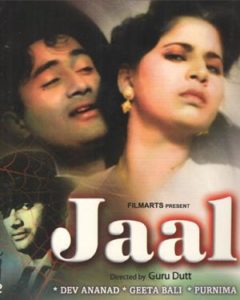 Hats off to SD Burman for having considered these essential characteristics of the Raag Kafi for selecting the Raaga Based Song of today for composing the best ever of my favourite singer Hemant Kumar. It is from the 1952 Guru Dutt movie Jaal (Net or Trap) starring Dev Anand and Geeta Bali.Geeta Bali (Maria) is the daughter of KN Singh (Carlos), fishermen folks in Goa. Dev Anand (Tony Fernandez) tries to trap Maria in his love even though he is a good-for-nothing mysterious man from Bombay. And now you know why Raag Kafi, to be sung at midnight, is such an apt choice for this song trying to ensnare Maria.
Hats off to SD Burman for having considered these essential characteristics of the Raag Kafi for selecting the Raaga Based Song of today for composing the best ever of my favourite singer Hemant Kumar. It is from the 1952 Guru Dutt movie Jaal (Net or Trap) starring Dev Anand and Geeta Bali.Geeta Bali (Maria) is the daughter of KN Singh (Carlos), fishermen folks in Goa. Dev Anand (Tony Fernandez) tries to trap Maria in his love even though he is a good-for-nothing mysterious man from Bombay. And now you know why Raag Kafi, to be sung at midnight, is such an apt choice for this song trying to ensnare Maria.
The taal is Kaherava and I have told you adequately about it in one of the earlier posts.
It is one of the most enchanting songs penned by poet and lyricist Sahir Ludhianvi.
Sahir was born as Abdul Hayee on 8th March 1921. Sahir means ‘Wakeful’ or ‘Magician’ and this poet from Karimpura, Ludhiana actually awakened us with his poetry as a magician.
His mother Sardar Begum suffered at the hands of his father who eventually remarried. Some of Sahir’s poetry reflects that angst about the treatment of women. Sahir gained fame in his college (Khalsa College, Ludhiana) reading out his poems and giving his fiery speeches.
Sahir didn’t marry though he was romantically inclined to Amrita Pritam and later to the singer Sudha Malhotra.
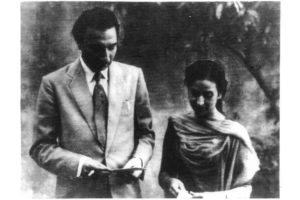
Sahir’s style of poetry was different from Shakeel’s. Indeed, Shakeel was exclusively a poet of Love whereas almost all other poets of that era, including Sahir, wrote about the social conditions prevalent in the country including poverty.
For example, if Shakeel wrote for a Leader song, about Taj Mahal:
“Ek Shehanshah ne banwa ke haseen Taj Mahal,
Saari duniya ko mohabbat ki nishaani di hai,
Iske saaye mein sadaa pyaar ke charche honge
Khatam jo ho naa sakegi wo kahani di hai”
Sahir’s was to be critical of Shahjehan for the ostentation:
“Ek Shaehanshah ne banwa ke haseen Taj Mahal,
Ham gareebon ki mohabbat ka udhaaya hai mazaak,
Mere mehboob kahin aur mila kar mujhako.”
Many of his fans consider Sahir Ludhianvi as the greatest poet and lyricist of that era.
These do not include me though I was brought up in a place close to Sahir’s. As I told you a favourite is not someone like a horse who wins all races for you. A favourite is the one who comes closest to your own emotions and moods. Shakeel Badayuni does that for me.
Sahir received Filmfare awards for Best Lyricist twice: once for the Taj Mahal song: Jo vaada kiya wo nibhaana padhega; and once for the title song of Yash Chopra’s Kabhie Kabhie, which some feel was tailored on his own biography in part.
Please enjoy this most enchanting song sung by Hemant Kumar on a composition in Raag Kafi Tal Kaherava on the lyrics of Sahir Ludhianvi: Ye raat ye chandini phir kahan….
Ye raat ye chaa.Ndanii phir kahaa.N
sun jaa dil kii daastaa.N
ye raat…
Pe.Do.n kii shaakho.n pe soii soii chaa.Ndanii
tere khayaalo.n me.n khoii khoii chaa.Ndanii
aur tho.Dii der me.n thak ke lauT jaaegii
raat ye bahaar kii phir kabhii na aaegii
do ek pal aur hai ye samaa, sun jaa…
Laharo.n ke ho.nTho.n pe dhiimaa dhiimaa raag hai
bhiigii havaao.n me.n Tha.nDii Tha.nDii aag hai
is hasiin aag me.n tuu bhii jalake dekhale
zi.ndagii ke giit kii dhun badal ke dekhale
khulane de ab dha.Dakano.n kii zubaa.N, sun jaa…
Jaatii bahaare.n hai.n uThatii javaaniyaa.N
taaro.n ke chhaao.n me.n pahale kahaaniyaa.N
ek baar chal diye gar tujhe pukaarake
lauTakar na aae.nge qaafile bahaar ke
aajaa abhii zi.ndagii hai javaa.N, sun jaa…
We have intended to learn about Raaga based music whilst we entertain ourselves with Raaga based songs. So, lets, once again, take stock of our collective learning so far:
- On the first day we learnt about the Raaga system devised by Pandit Vishnu Narayan Bhatkhande, which is the prevalent system in Hindustani Classical Music and based on ten Thaats.
- On the second day we learnt about Tal or Taal.
- On the third day we learnt about characteristics of Raagas that included Swar, Jati, Thaat, Arohana and Avarohana, Vadi, Samvadi and Pakad.
- On the fourth day, we learnt about Sargam.
- On the fifth day, we learnt about notations used in Indian classical music or simply Swar Lipi.
- On the sixth day, we learnt about the Ras (sentiments) that Raagas evoke.
- On the seventh day, we learnt about various types of Swar: Shuddha, Achal, Vikrut, Komal and Teevra.
- On the eighth day, we learnt the parts of a composition in Indian Classical Music.
- On the ninth day, we learnt the names of some of the popular instruments used in Indian Classical Music.
- On the tenth day, we learnt about the sources of names of Raagas.
- On the eleventh day, we learnt about why Bhairavi is the first raag to be taught to beginners and also why it is the last in a performance.
- On the twelfth day, we learnt about Khammaj Thaat.
- On the thirteenth day, we learnt about Tal Punjabi Theka or Sitarkhani.
- On the fourteenth day, we learnt about Alap.
- On the fifteenth day, we learnt about List of Raagas (Raagmala) in my favourite book: Sri Guru Granth Sahib.
- On the sixteenth day, we learnt about tips for raaga identification.
- On the seventeenth day, we learnt the basics of Gharana system.
- On the eighteenth day, we learnt about Filmi Sangeet.
- On the nineteenth day, we learnt about the commonest Tal in Raagas: Tintal.
- On the twentieth day, we learnt about the Kafi Thaat.
- On the twenty-first day, we learnt a little more in detail about the classification of Raagas.
- On the twenty-second day, we learnt the essential differences between Bhairavi and Bhairav.
- On the twenty-third day, we learnt a little more in detail about the Jati or Jaati of a raaga.
- On the twenty-fourth day, we learnt details of Thaat Bilawal, the most basic thaat in the Bhatkhande’s system of raagas.
- On the twenty-fifth day, we learnt about Tintal.
- And today, on the twenty-sixth day, we learnt in detail about the Raaga – Samay linkage.
There is much more still to be learnt and enjoyed.
Please stay tuned!
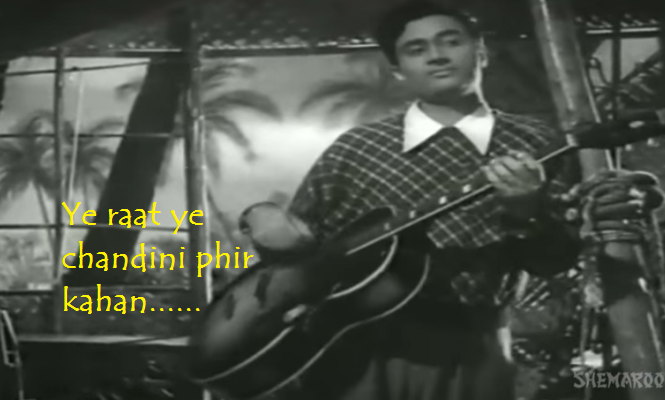
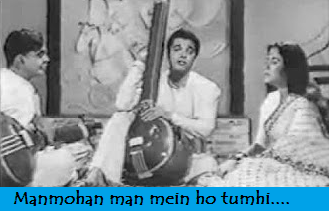
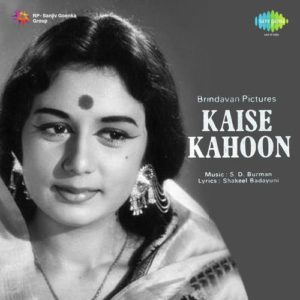 I have taken today’s song from the
I have taken today’s song from the 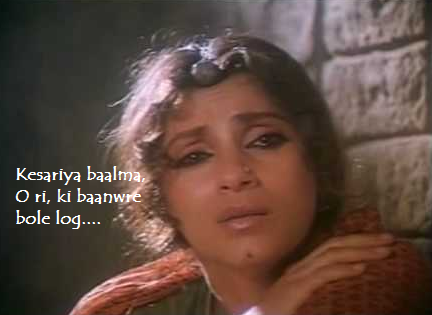
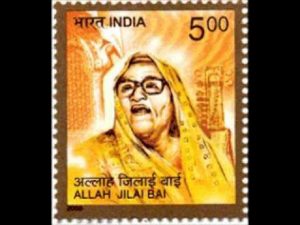 And that brings me to the song called
And that brings me to the song called 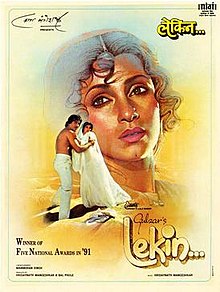 The
The 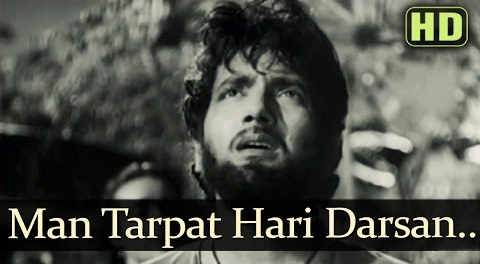
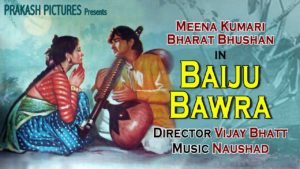 Malkaush is a late night raaga
Malkaush is a late night raaga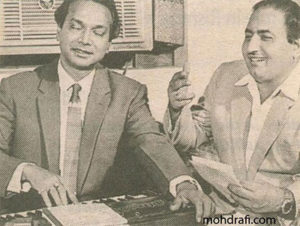
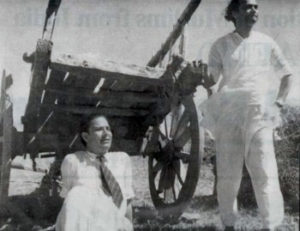
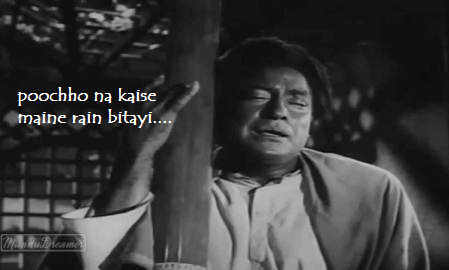
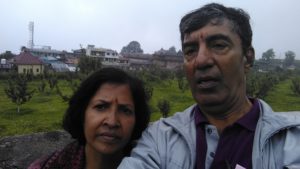 Today, I shall be giving you a song composed in
Today, I shall be giving you a song composed in 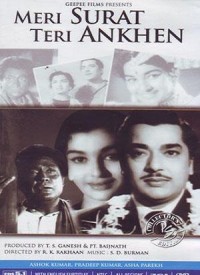 The song that I have selected for you is from the
The song that I have selected for you is from the 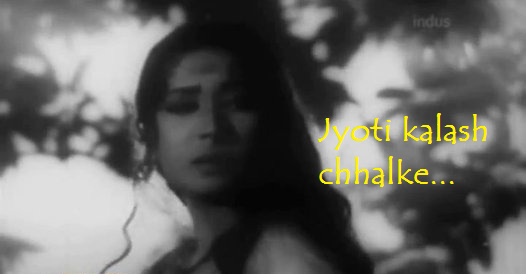
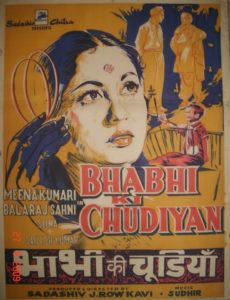
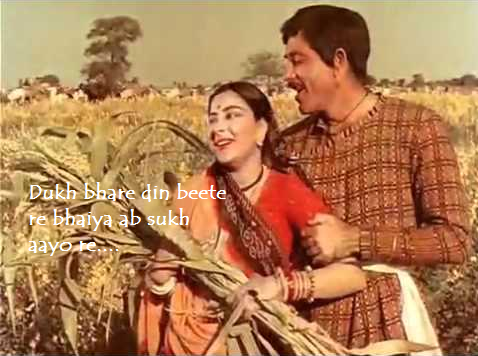
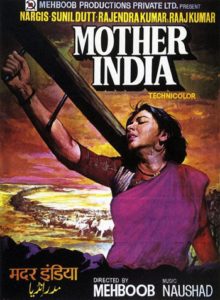 I have taken this song for you from the
I have taken this song for you from the 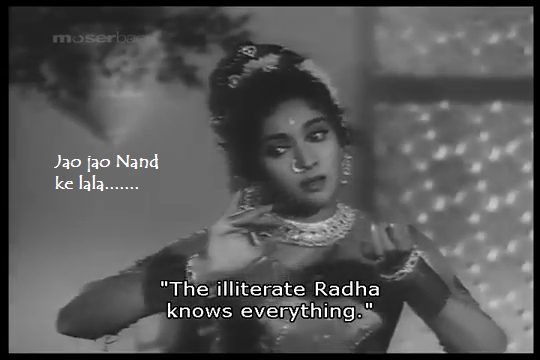
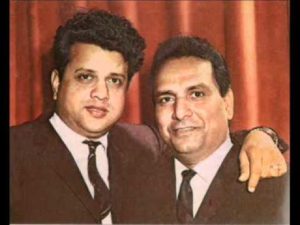 A word about the composers
A word about the composers 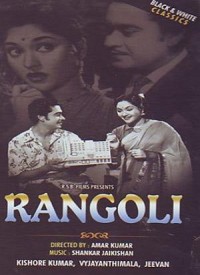 I have taken this song from
I have taken this song from 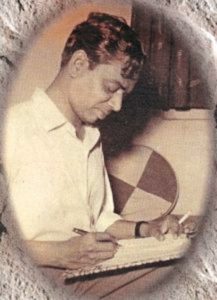 Krishna songs are always most welcome and if the lyricist is
Krishna songs are always most welcome and if the lyricist is 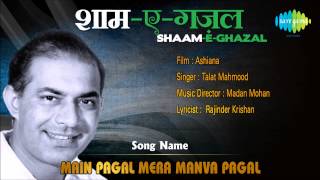
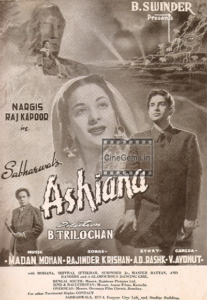 It is from the
It is from the 